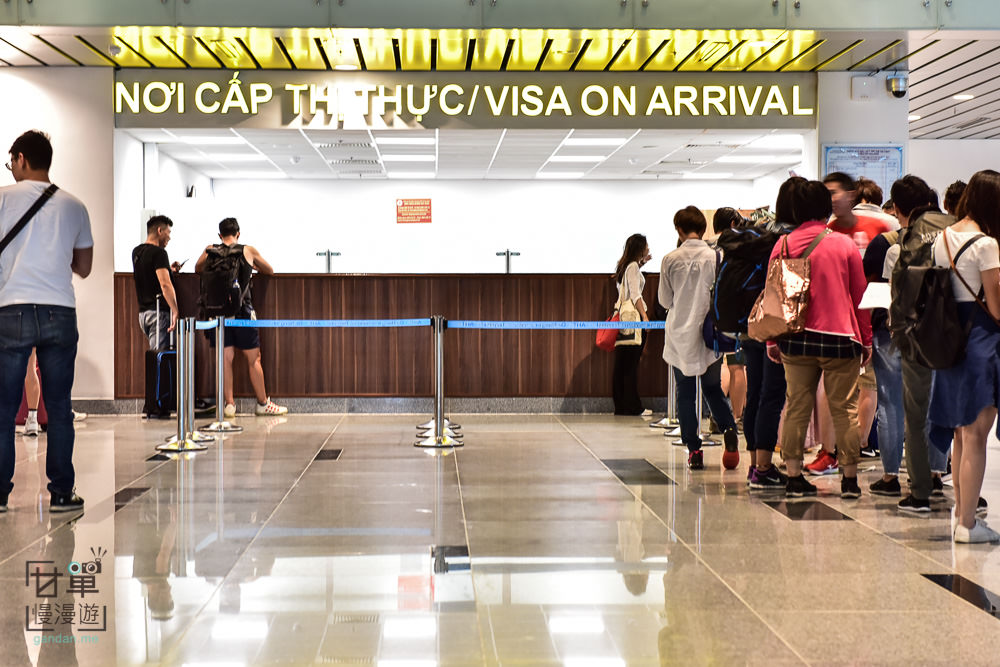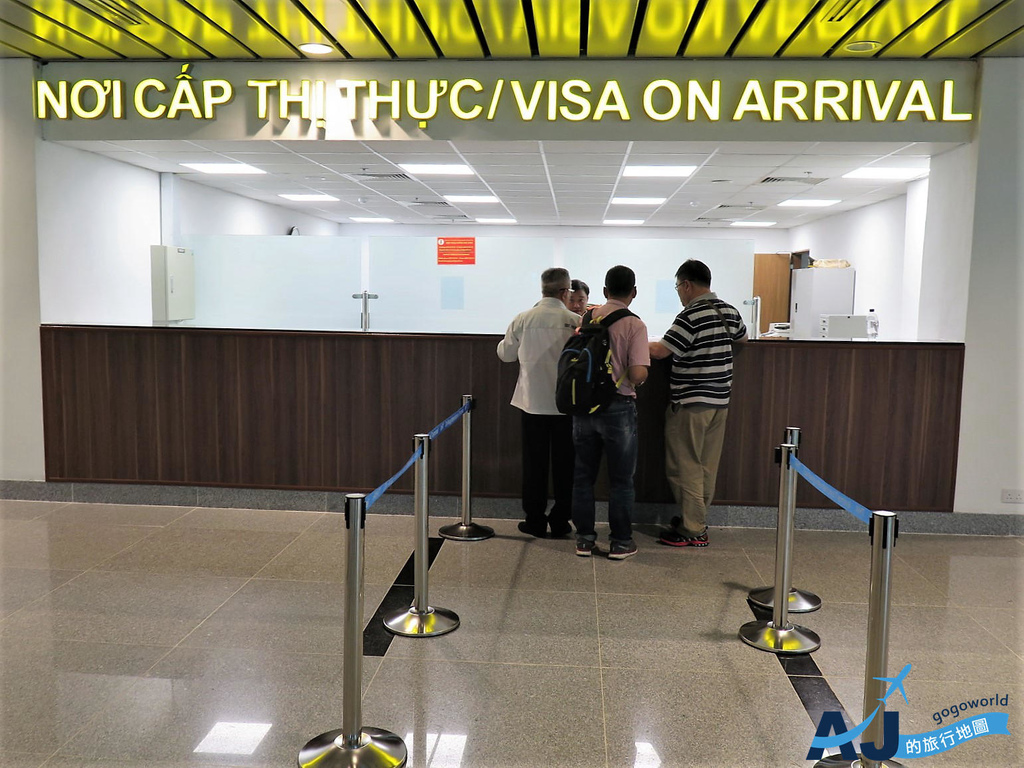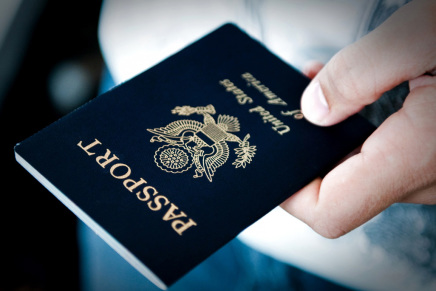November 15, 2019
Vietnam Visa on arrival posts
How to apply for a Vietnam Visa on Arrival
The Vietnam Visa on Arrival is a great visa alternative for those who’s planning for a holiday in Vietnam. Since most nationalities are required to have a valid Vietnam visa in order to enter the country, it is important to apply for it well in advance. Passport holders may choose to either apply for the Vietnam e-Visa or the Visa on Arrival, if arriving by flight.
Travelers who obtain a Visa on Arrival must pre-register an online form before traveling to the country. Although there are advantages to choosing the Visa on Arrival, it is still the e-Visa that is the most preferred type of visa amongst travelers, due to its simplicity. You do not have to queue once you have arrived to Vietnam to get a stamp in your passport, the e-Visa allows you to skip those lines since everything has already been approved of with the e-Visa.
Applying for the Visa on Arrival
The Vietnam e-Visa is available for citizens from 80 countries, including Sweden, Germany, Australia, the United States, China, and many more (Country list for Vietnam e-visa). The e-visa is a single-entry visa that allows travelers to stay in the country for up to 30 days. Eligible applicants can apply for the Vietnam visa application online and it only takes a few minutes to complete.
The e-Visa is usually processed within 3 business days, although there has been delays in the past and therefore, it is highly recommended to apply for the visa at least 7 days before the entry date to Vietnam.
Applicants are asked to fill in some basic information in the application such as name, date of birth, passport information, and email address. Once the e-Visa has been approved of, you will receive it in your mail as a PDF. In order to pay for the visa, you must have a valid credit or debit card, and provide a digital passport photo and scan of the applicant’s passport. Make sure that your passport is valid for at least 6 months from your entry date to Vietnam.
Upon arrival, travelers should have printed out a copy of their Vietnam e-Visa and present it to the border authorities upon arrival. Travelers who has an e-Visa may skip the line and go directly to the border control in order to receive a stamp in their passport.
How does the Vietnam visa on arrival work?
The Visa on Arrival is available at any of the 7 main international airports in Vietnam and you can apply for either a 30-or 60 day visa. If you are a US citizen, you can even stay for up to one year in the country if you apply for the right type of visa.
In order to get the Visa on Arrival, you must submit an online form before traveling to Vietnam to request for the visa approval letter (this letter will allows you board and pick up visa on arrival), just like with the e-Visa. The process takes about 2 business days. After that, an approval letter will be sent to the applicant that must be printed out and presented at the airport immigration office. You also need to provide them with 2 passport-style photos for attached on the Vietnamese visa application form (NA1).
After giving all the necessary documents to the airport immigration office, applicants will have to wait in the immigration queue to get a passport stamp and be able to enter Vietnam.
Downsides with the Vietnam Visa on Arrival
It is important to know the pros and cons so that you can choose wisely. The e-Visa is usually preferred, but there are also pros with the Visa on Arrival. For example, you can apply to stay for longer than 30 days and you can also obtain a multiple-entry visa. If you want to exit and re-enter Vietnam, you will not have to apply for another visa. However, there are also some cons to the Visa on Arrival. It requires more paperwork for example than the e-Visa.
Applicants for the Vietnam Visa on Arrival must still complete an online form with personal information, as well as pay a fee with their debit or credit card. Besides that, travelers will also have to pay an additional Vietnam ‘stamp fee’ at the airport, which can only be paid in cash. USD and VND works well, although it is advisable to pay in USD in order to get better exchange rates.
In addition, the e-Visa permits holders access at 28 ports of entry while the Visa on Arrival is only available for those traveling by air to one of the 5 main airports. Overall, the e-Visa is a better choice for those who wants to stay in Vietnam for less than 30 days and are sure they do not need to re-enter Vietnam. The visa process is much faster and smoother with the e-Visa.






